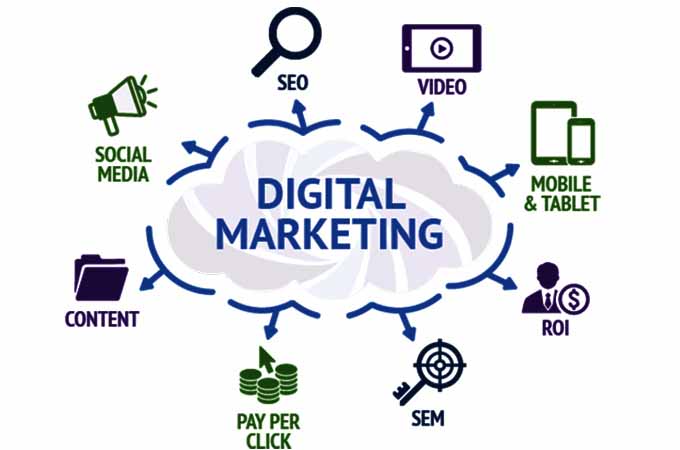Branding and SEO
Branding & SEO: The Team Your Business Really Needs
SEO and branding work together to make your business discoverable and memorable — one brings people to you, the other keeps them there.
If you want the best for your website, you’re likely always testing the right digital marketing mix: SEO, PPC, content marketing, social media, and more. No two businesses are the same, so there’s no universal answer — but two core disciplines reliably form the foundation of any strong digital strategy: SEO and branding.
SEO and branding are interdependent. Without a strong brand, SEO won’t sustain long-term growth; without SEO, great branding can remain invisible. Together they build credibility, drive traffic, and convert visitors into customers.
Many business owners underestimate the value of brand-building and SEO when considered together. In reality, they are foundational and mutually reinforcing.
3 Tips to Leverage the Relationship Between Branding and SEO
Branding has two sides: internal (mission, vision, values) and external (what people actually say about you). Your online reputation — what others see and search for — is shaped by both. A comprehensive SEO strategy helps you shape a positive brand image in the marketplace.
SEO does more than drive traffic. Keyword research, backlinks, rich snippets, and images help you understand how people perceive your brand and fine-tune your messaging. Use SEO insights to create a consistent, trustworthy brand experience.

1. Research
Keyword research reveals how people find (or fail to find) your brand. Look for queries that include your brand name and related services — this shows whether users associate your brand with what you offer.
- Use Google Keyword Planner for seed keywords.
- Check Google Search Console for queries that lead users to your site.
- Monitor Q&A sites and forums to discover real user questions and perceptions.
- Use brand-mention tools to track what people say about you online.
2. Analyze
Use SEO tools to audit backlinks, snippets, and brand-related search results. Backlinks influence reputation and domain authority; snippets shape first impressions in search results. Ensure your logo images use proper alt/title tags so visual search reinforces your brand.
3. Be Consistent
Consistency is what turns recognition into preference. Brands that maintain regular, coordinated marketing efforts enjoy far greater visibility. Work steadily on content, messaging, and SEO — aligned to your audience’s needs — to build lasting awareness.
There are three common levels of brand awareness:
- Top-of-mind — most users immediately associate a product category with your brand.
- Spontaneous awareness — users name your brand among a shortlist of competitors.
- Basic awareness — users recognize the brand only after direct exposure.
In Short
SEO and branding should be planned and executed together. SEO brings visibility and traffic; branding turns that traffic into trust and preference. When both are aligned, their combined impact far exceeds what either could achieve alone.
Our Clients
We work with the companies that have established a stainless reputation in what they do. They are leaders in various spheres of business, and we appreciate cooperating with them.
About us
ASP Infotech is a well known leading IT Systems Management organization in providing modern, latest technology solutions for businesses of all sizes.






